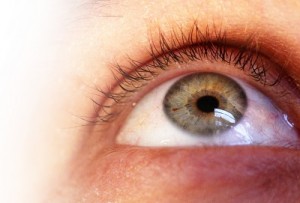A new tech is being developed that would allow people with reduced vision to see using smartphones.
Scientists at the University of Lincoln, in the United Kingdom, are using the funding that they have received through a Google Faculty Research Award to come up with a new type of mobile technology that would allow people who have reduced vision to be able to see using smartphones or tablets.
The goal is to make it easier for these individuals to navigate indoor environments that are unfamiliar.
The Lincoln Center for Autonomous Systems now has a team at work on assistive tech that will be using mobile technology for color and depth sensing through smartphones and tablets, in conjunction with localization and 3D mapping, object recognition, and navigation, to help the visually impaired. The goal is to come up with an interface that will effectively relay information about the surrounding environment to users by way of sounds, vibrations, or spoken words.
This will take a common form of mobile technology and make it into an important assistive device.
 According to the leader of the project, Dr. Nicola Bellotto, “This project will build on our previous research to create an interface that can be used to help people with visual impairments.” Dr. Bellotto is an expert on human-centered robotics and machine perception from the School of Computer Science at Lincoln.
According to the leader of the project, Dr. Nicola Bellotto, “This project will build on our previous research to create an interface that can be used to help people with visual impairments.” Dr. Bellotto is an expert on human-centered robotics and machine perception from the School of Computer Science at Lincoln.
He has pointed out that while there are many different types of visual aids currently available – from wearable sensors and cameras to guide dogs – each of them come with their own range of usability and acceptability drawbacks. That said, he added that “If people were able to use technology embedded in devices such as smartphones, it would not require them to wear extra equipment which could make them feel self-conscious.”
There are already certain mobile apps that exist that are meant to help users to be able to recognize the layout of a place or to identify an object, but the team at Lincoln is hoping to create something that reaches far beyond the current products. They want to use mobile technology that is specifically relevant to the visually impaired user.

